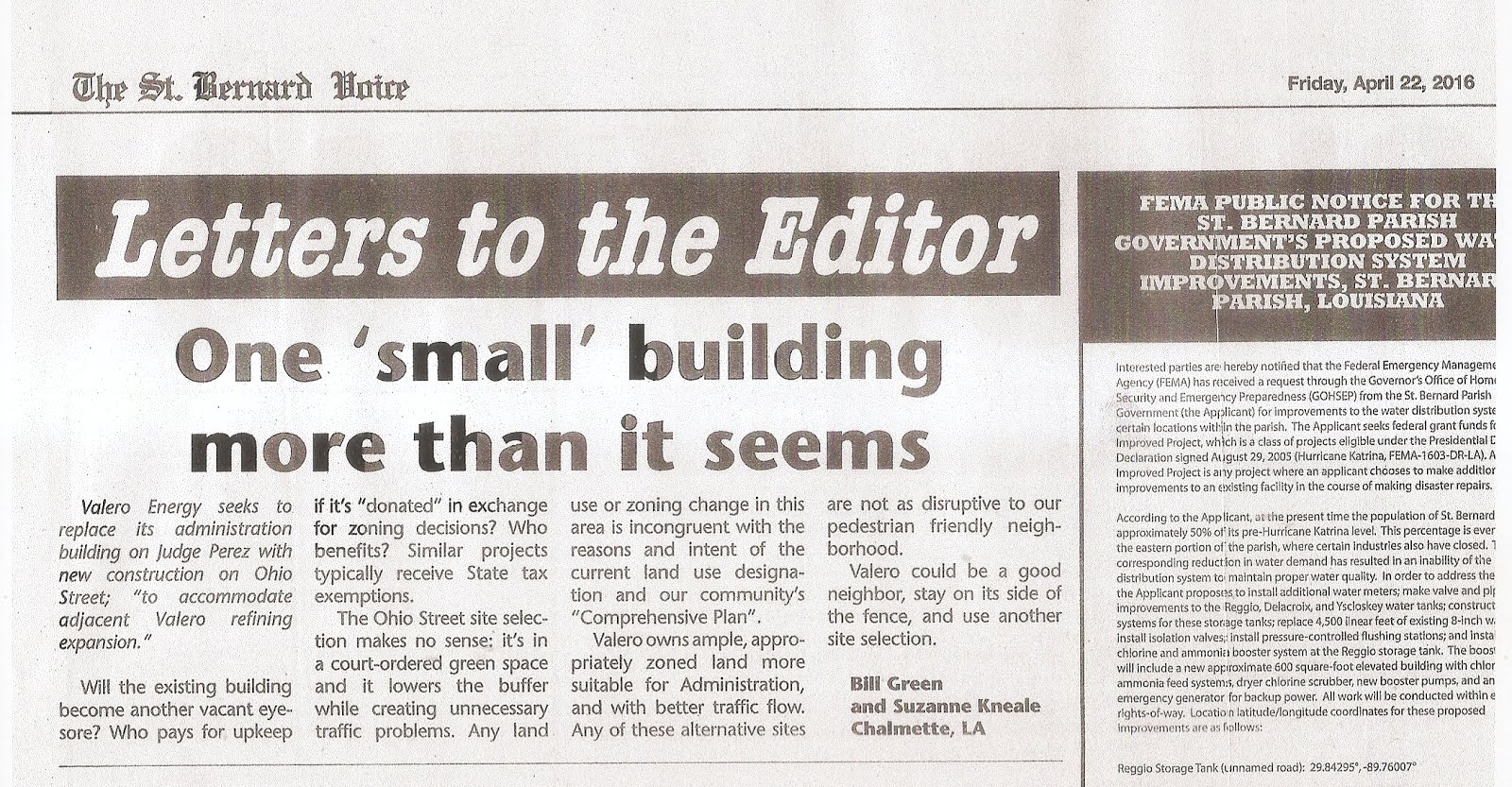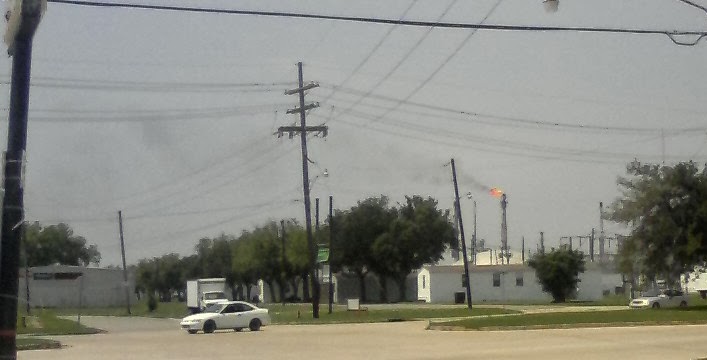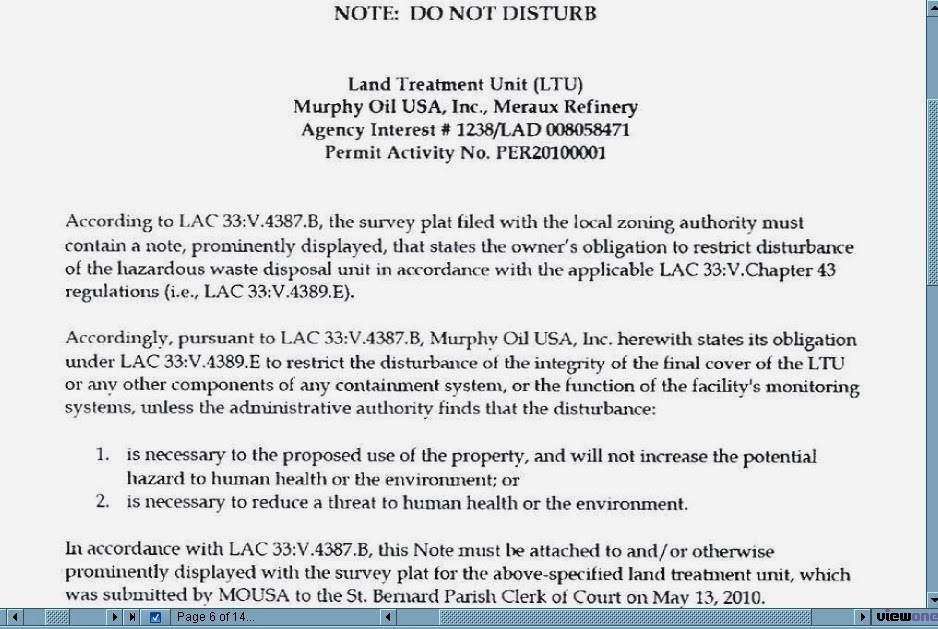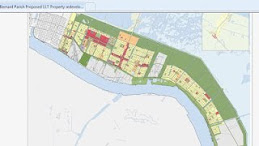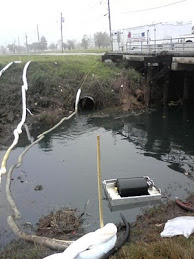UPDATE: April 25th committee meeting presentation of SB 35 begins around the 48 minute mark with powerful testimony around the 1:11:01 minute mark of video https://senate.la.gov/s_video/VideoArchivePlayer?v=senate/2023/04/042523ENVQ
Enhanced fence line monitoring and thermal imaging
It is important for everyone's health and safety that industrial facilities monitor the chemicals at the fence line. Below links are some examples of what is ordinarily provided in other states. There is no reason this type of protection could not be required in Louisiana. State Senator Cleo Fields has again introduced legislation for just that: SB35 SB 35 is scheduled for a hearing this morning in the Louisiana State Senate Committee on Environmental Quality
All industry in St Bernard -- and throughout Louisiana -- should step-up and provide fence line monitoring with public access to the real-time data and notifications of pollution spikes. It would assist LDEQ to finally get our air quality into attainment for sulfur dioxide, and assist LDEQ to avoid a nonattainment designation for particulate matter. It would also help reduce the number of adverse health affects and obnoxious odor "complaints", because the monitors set a lower, more protective level at the fence line to trigger corrective action before the offensive chemicals -- like Hydrogen Sulfur -- enter the neighborhoods. Industry would be alerted and could change operations to avoid jeopardizing ambient air quality.
Real-time fence line monitoring benefits everyone: it's a money-saving device for plant managers to control leaks/loss of product, it assists plant operators to avoid larger incidents, it protects workers and nearby school children, and it can help our first responders protect themselves and the community. Real-time fence line monitoring generally includes easy public access to real time data and notifications of spikes in pollution levels.
Infrared or thermal imaging would help facilities operate more efficiently, and truck and rail transports could use advanced imaging to protect the community from leaks. Thermal imaging devices for rail transports could help avoid derailments caused from overheating. .
PBF Energy Martinez https://www.fenceline.org/martinez/index.php
PBF Energy Torrance https://torc.data.spectrumenvsoln.com/data
Valero Energy Wilmington https://wilmingtonrefinerymonitoring.org/
We deserve the same degree of protection from environmental harm and health hazards as provided in other States. Instead of access to real time benzene data, we have months-long delayed access to bi-weekly or annual averages of “net” benzene levels IF “reportable” to EPA, and years-long delay into identifying suspected sources and implementing protective solutions. Instead of fence line monitoring with lower trigger levels for hydrogen sulfide and sulfur dioxide, we have odor abatement programs dependent on residents telephoning the refinery and “complaining”, and plant managers dispatching employees to drive around and sniff the area. That is just backwards.





